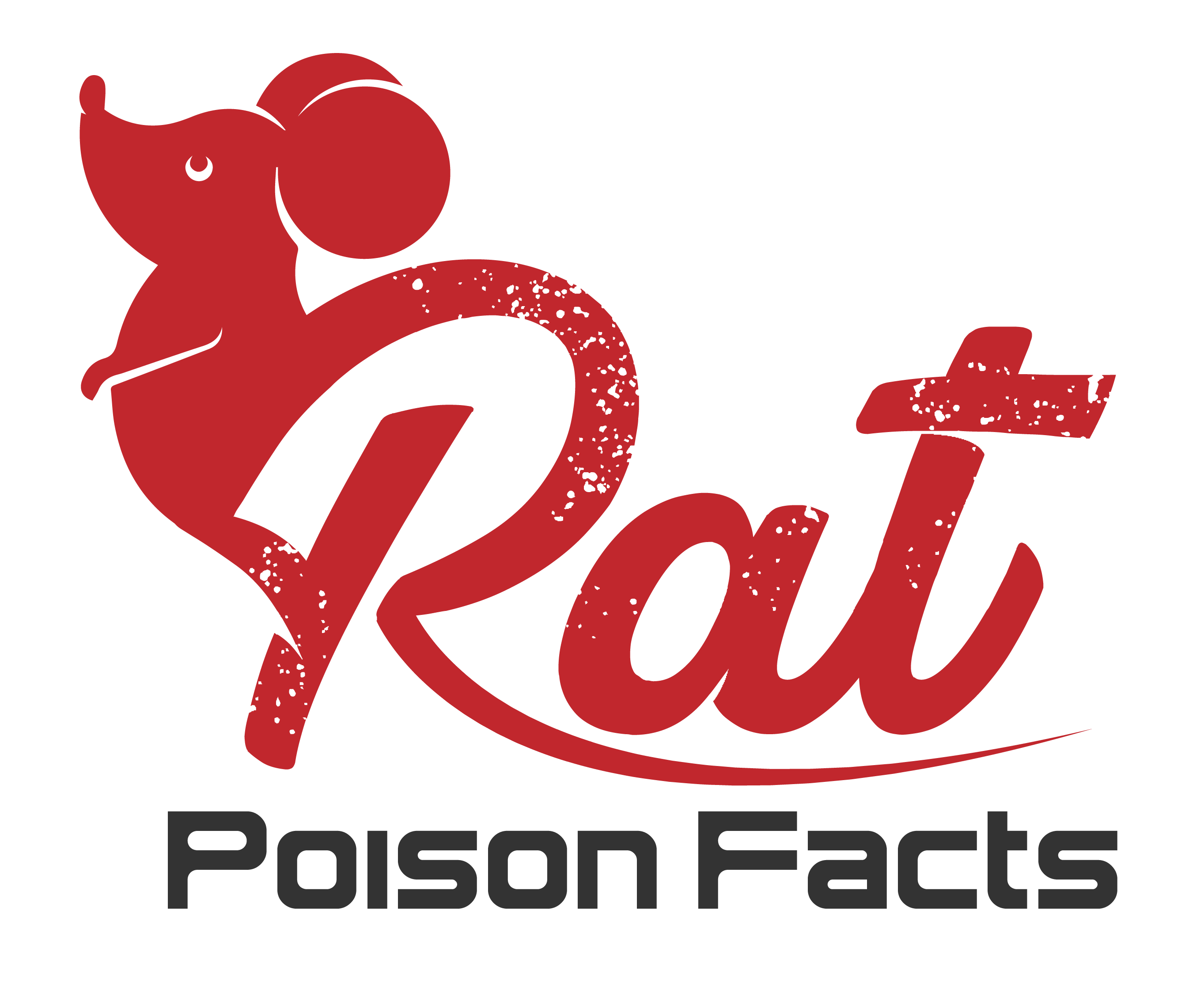If you’re dealing with a rat problem, you might opt for the catch-and-release method, rather than utilize the crueler pest control products commercially available. However, if you do, you have another problem on your hands: what should you do with the captured animal?

Relocating the Rat
You don’t want to go through all the effort of catching pesky rodents, only to drop them off someplace where they’ll either die in a habitat they can’t adapt to, or become someone else’s problem.
Here’s what you should look for when finding a place to relocate the rat(s):
There’s no point in removing the rat if you are only going to take it up the road. It will simply return, and then you’ll have to deal with it all over again. To ensure that it won’t be a recurring problem for you (or your neighbors), take it as far from your home as possible. Outside populated areas is a good choice. (However, PETA recommends that the rat shouldn’t be moved more than 100 yards from where it is caught. If you live in an urban area, this will only lead to it returning, or someone else trapping and killing it.)
After Release – Cleanup
Once you’ve safely removed the rat, make sure you do a thorough cleaning of your home or the building it was living in. Rats are carriers of diseases, and even coming into contact with their urine or fecal matter is enough to transfer a contagious disease. For the safety of your health and that of others’, be sure to use disinfectant. Note also that the smell of rat urine will attract more rats, so it is important to do a thorough job.
Prevention
You’ll also want to put measures in place to prevent other rats from moving into the now-vacant territory.
Conclusion
To ensure that your home stays rat-free once you’ve caught and released the pesky creatures, disinfect it, seal up cracks and food, and clear away the clutter. Make sure that the rat’s new home is far away enough that the rats don’t come back, and that their new environment is so suitable they wouldn’t need to.
